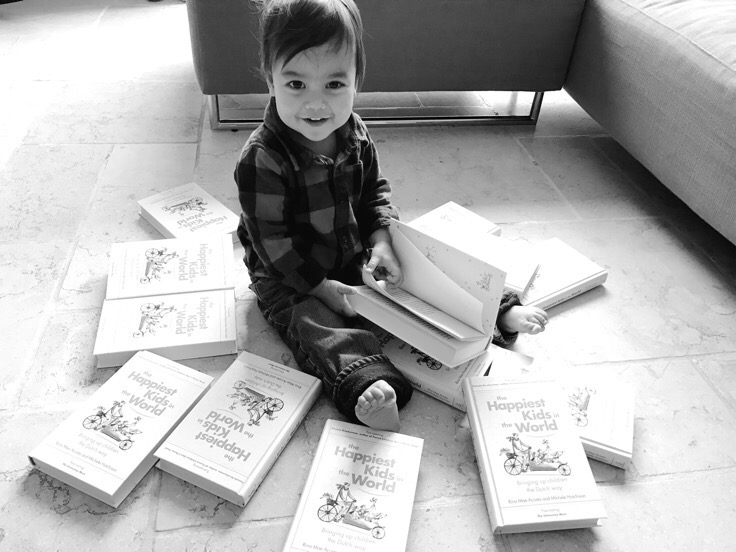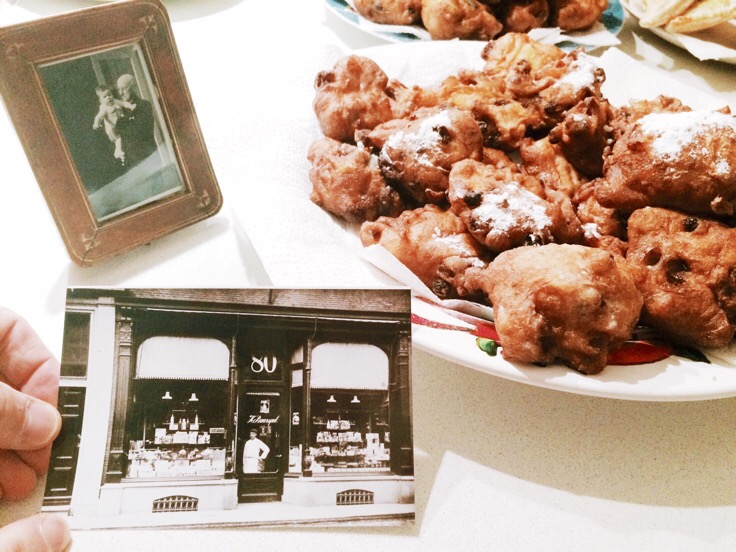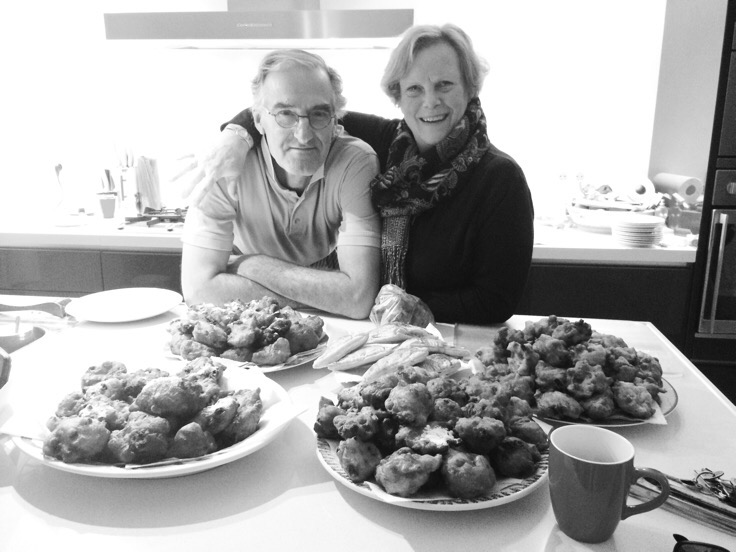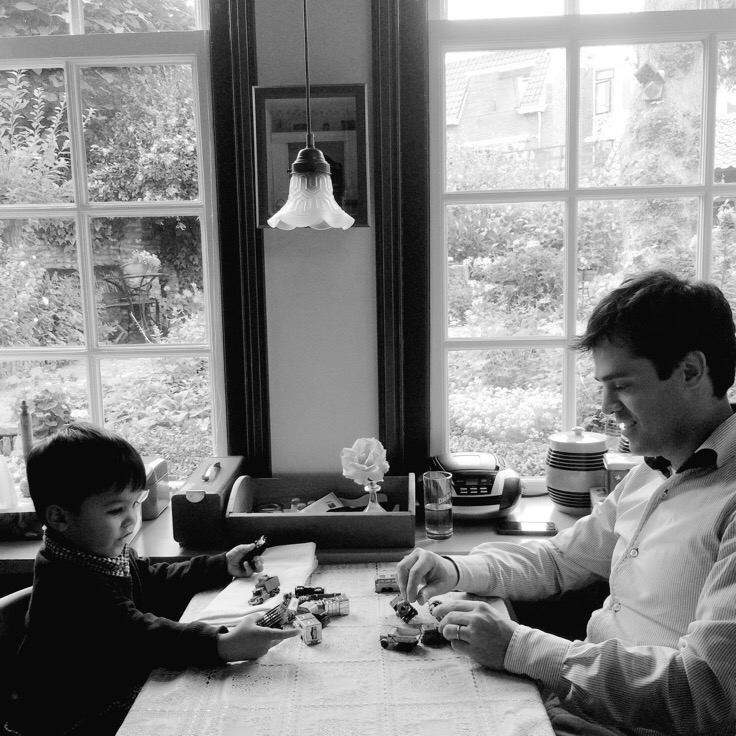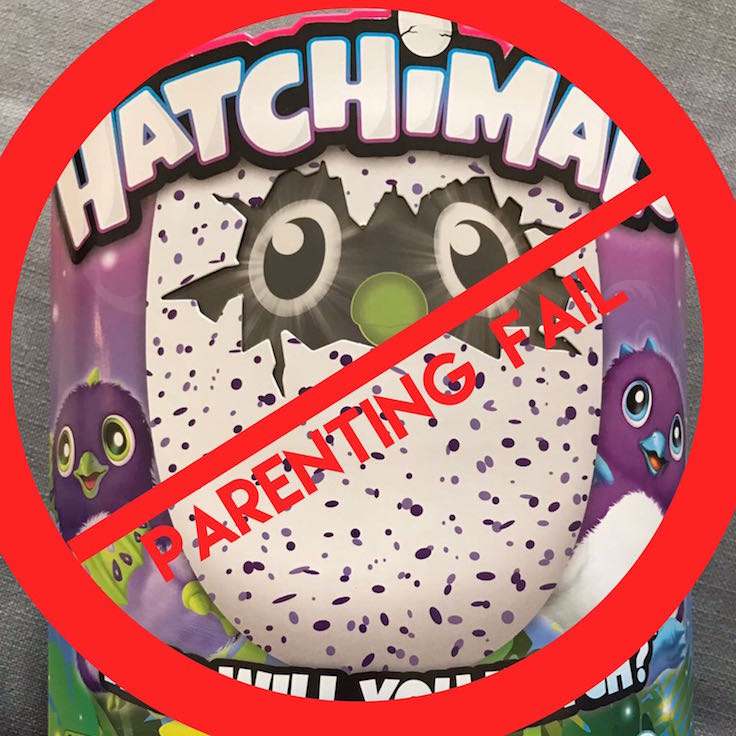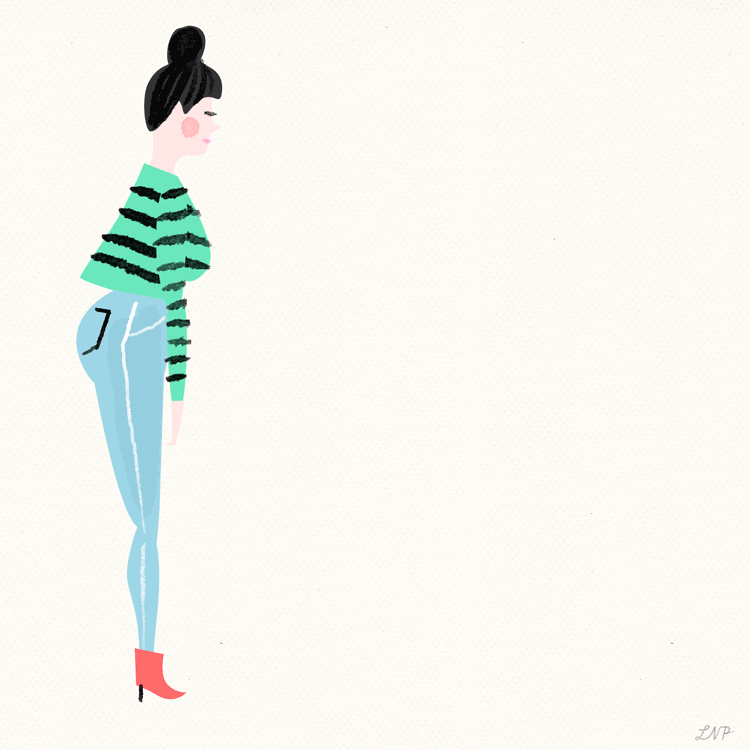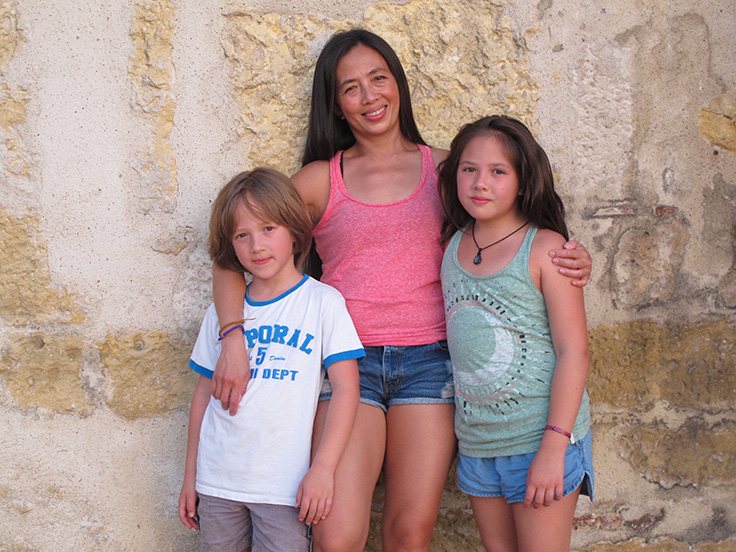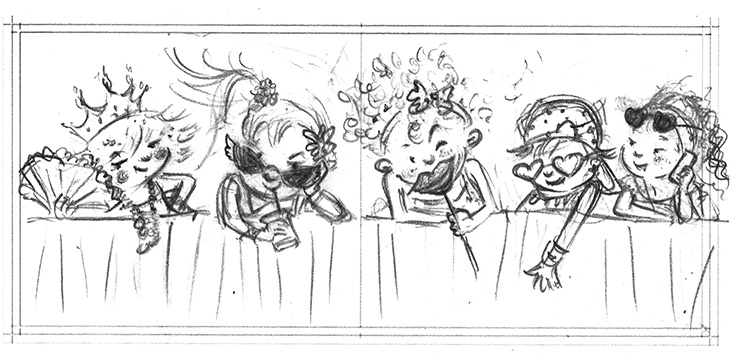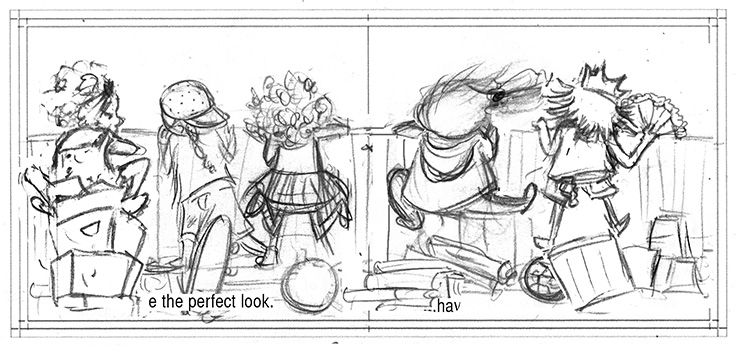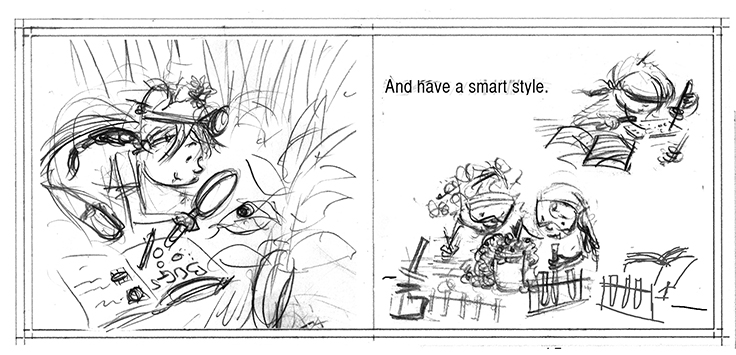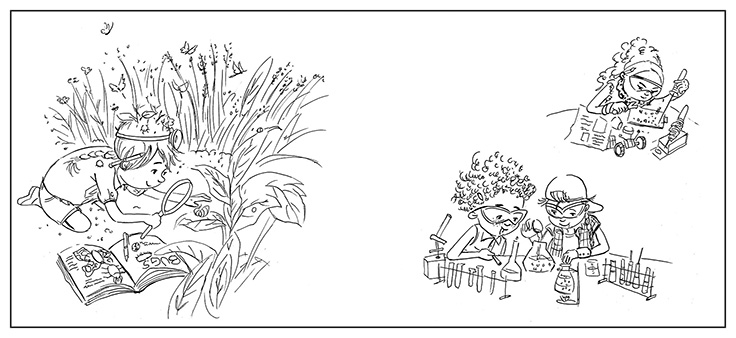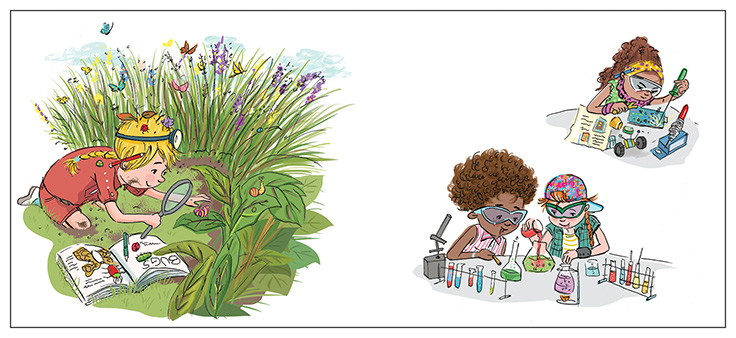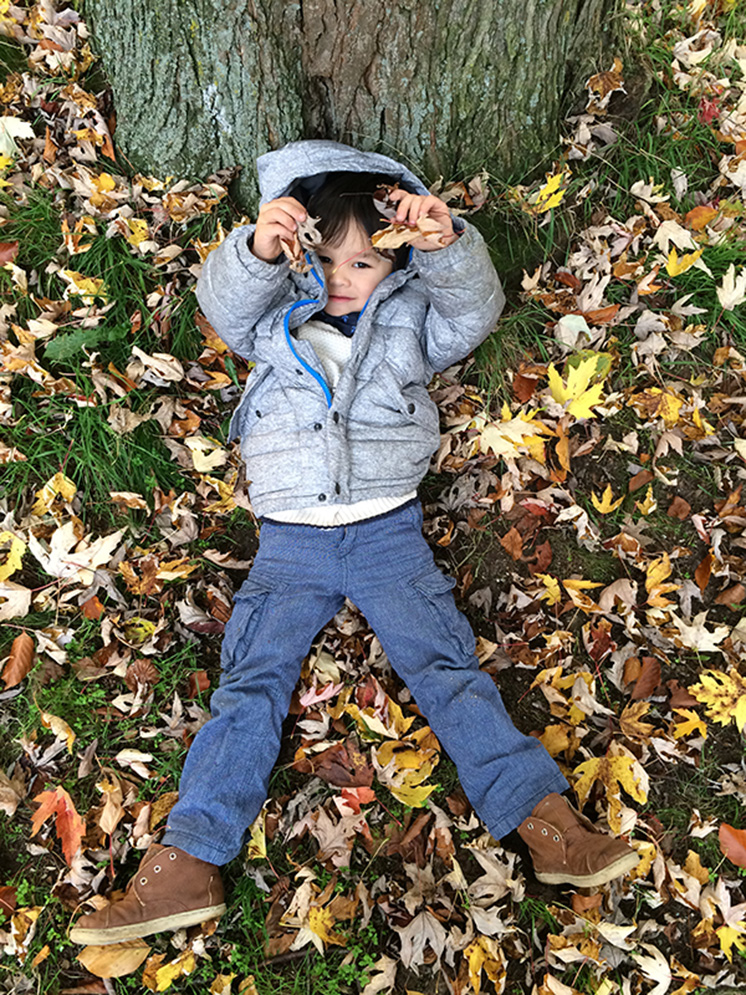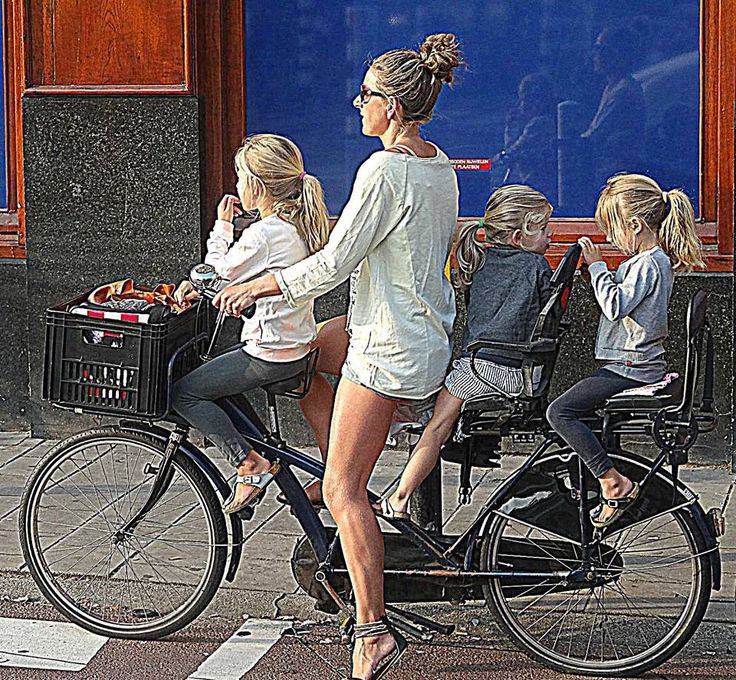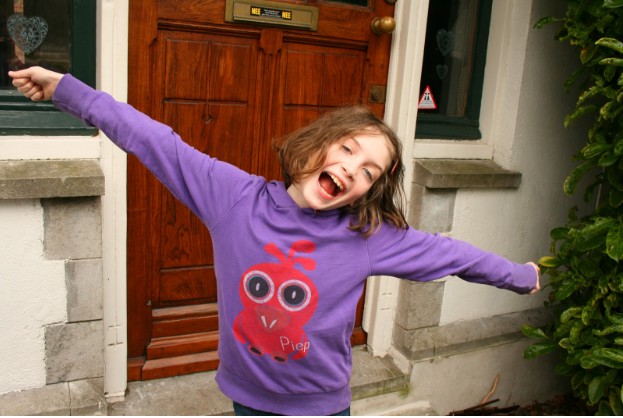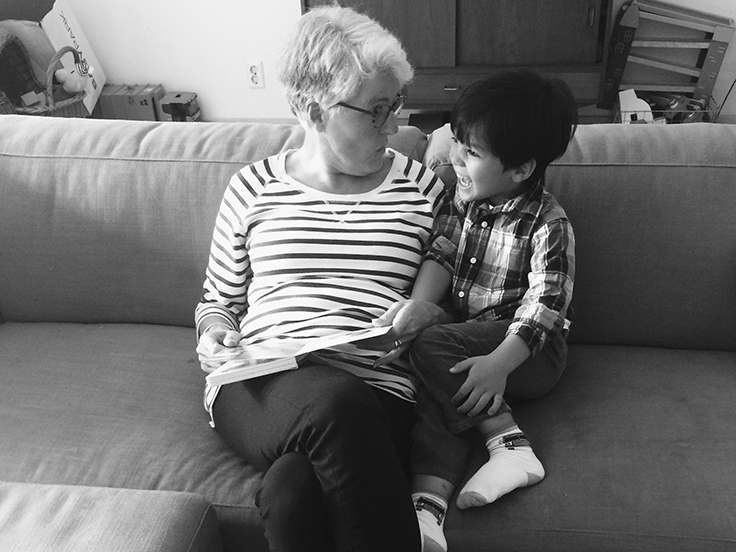On January 2nd, the Sociale Verzekeringsbank or Social Insurance Bank, transferred two payments of €198.38 into my bank account. One for each of my two boys, both of whom are under the age of six. The extra cash appears like magic every quarter (January, April, July and October), courtesy of SVB with a simple one-word note: kinderbijslag or child benefit.
Every family in the Netherlands with kids under the age of eighteen is entitled to the child benefit. The universal kinderbijslag is independent of the parents’ income. The amount increases when children get older to accommodate for extra expenses – €240.89 for children aged six to twelve and €283.40 for children thirteen years old up to and including seventeen.
As an American mom living in Holland, having regular cash allowances for my children is such a foreign concept. The Dutch universal child benefit is not a unique scheme either. A 2012 UNICEF report on child poverty evaluating thirty-five economically advanced countries notes that the United States is the only one that does not have any form of cash allowance policies. (Interestingly, the United Kingdom is currently one of the very few countries in Europe that don’t offer the benefit for all children. Households earning more than £50,000 are subject to a tax deduction.)
A recent longitudinal study from King’s College London makes a compelling case for introducing universal child benefits. The study tracked more than 1,000 people from ages 3 to 38 years, confirming associations between childhood adversity and negative life outcomes such as falling deeper into poverty as adults, committing crimes and developing addictions. That’s thirty five years of observations. Researchers suggest that decreasing adverse childhood experiences may be able to influence more positive outcomes. By implementing a universal child benefit, parents may be able to provide more secure and stable households – using the extra cash to pay for diapers, food, and clothes.
My initial American bootstrap-intuition considered the universal child benefit a case of European socialism gone wild. And who is to say that parents won’t use the extra cash on themselves instead? The reality is – supported by tons of research – parents, especially those who come from economically disadvantaged backgrounds, really do use the child benefit allowance for their children.
What should be more shocking is how the United States tolerates one of the highest rates of child poverty in the industrialized world. Approximately 20.1% of children live in poor households in the United States as compared to only 6.3% in the Netherlands. Even more shocking – nearly one in three American families struggle to afford enough diapers. A universal child benefit like the one in the Netherlands can dramatically make a difference, giving more equitable access to necessities like diapers.
Why not implement a minimum level of well-being for all children? The child benefit allowance isn’t at all about giving extra money to parents. It’s trying to give every child a starting fair chance. Through all our American policy debates, what we should all keep in mind is that it really is all about the children – society’s most vulnerable.
P.S. And while we’re discussing a basic income for children, the Dutch are even toying with the idea of giving everyone a welfare allowance, inspired by the Finnish experiment. Now isn’t that interesting?
P.P.S. Want to know why Dutch kids are the happiest in the world? Pre-order the UK edition of our book here http://bit.ly/HappiestKids. Or the US edition here: http://amzn.to/2dhGJJT

